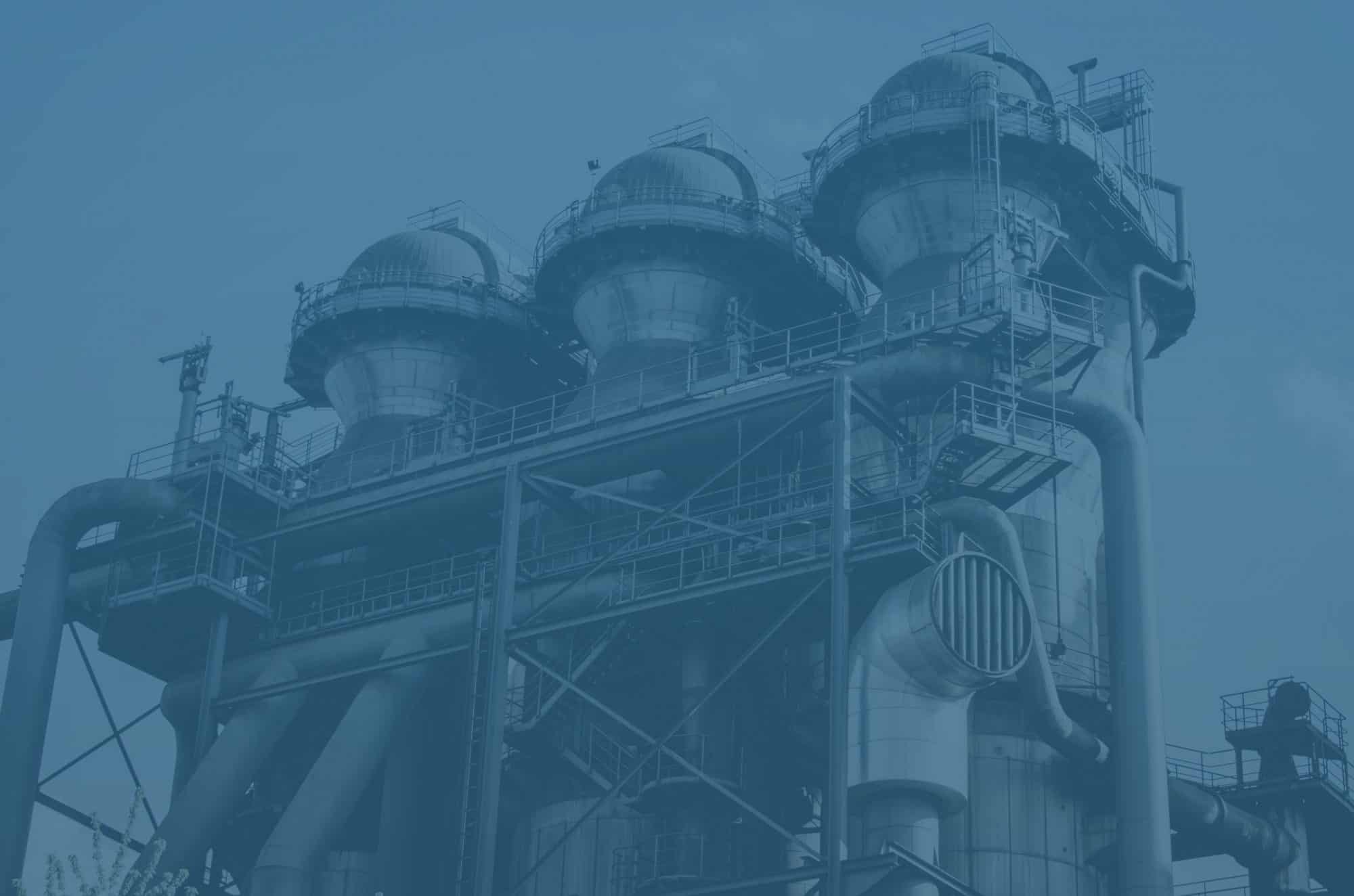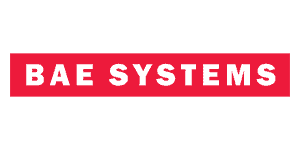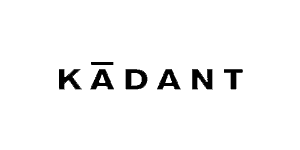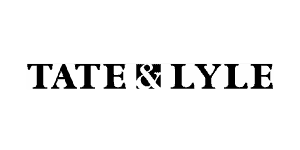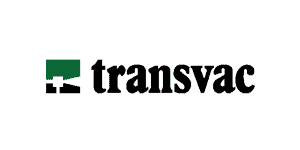Ventx is one of the very best partners if you have issues with industrial noise. We can design and manufacture solutions to reduce different noises. One thing in particular we can offer is a safety valve silencer. This could be for a boiler, steam system, gas pipeline, or any other application. The device will reduce the noise to improve performance and also protect people on and near the site.
Every industry will have unique conditions, challenges, and performance criteria to meet. To do this, each company will need the right products. One thing in particular they may rely on is safety valves. In a basic sense they all serve the same purpose by working to reduce pressure in a system. However, there are lots of different options. They can vary in terms of design, how they work, materials, and more. We want to take a look at the different styles below.
Different standards
Firstly, it is vital to note that there are several standards for safety valves. They can differ slightly in how they classify the types. The most common ones include ASME I, ASME VIII, and DIN 3320. In England the standard to be aware of is ISO 4126-1:2013. This is the most current version so it gives general requirements for different safety valve styles.
The basic product here is simply known as a safety valve. This applies to any model that opens automatically to discharge when the pressure will exceed a safe limit. The valve will do this without the assistance of any energy; the fluid alone will cause it to open as the pressure increases. The valve will then close when the pressure returns to a safe level.
These safety valves can vary in terms of how they open. Some models can do so rapidly with a pop action. Others can open in proportion to the pressure increase.
Direct loaded
This type of valve has a weight, lever or spring to provide a force to oppose the load of the fluid pressure.
Assisted
These safety valves feature an assistance mechanism. What this does is provide extra protection in case the valve would fail to open mechanically.
Supplementary
These models have an additional force to give the valve extra sealing power. This protects against accidental opening, meaning the valve will only open when it reaches the specific pressure. The extra sealing power can come from a separate power source.
Pilot operated
These valves are held shut thanks to the force of a fluid at the rear of the sealing disc. This is instead of having a mechanical force from spring. If the pressure on the other side of the valve exceeds the safe limit, the attenuator will release the fluid to allow the valve to open.
The best safety valve silencer designer
The team at Ventx can design silencers to suit any type of safety valve. Our goal here is to ensure we can address the noise from the valves without harming how they work. To achieve this, we use software to design the silencer so we can make sure it will be the perfect fit.
If you are having issues with loud noises, speak to us about designing a safety valve silencer. Our products can improve safety and also protect the environment.
